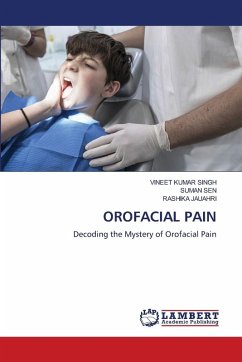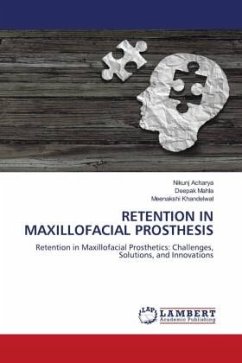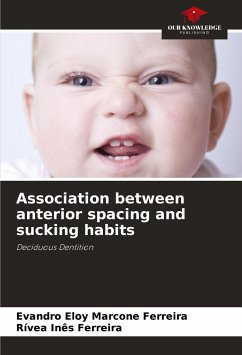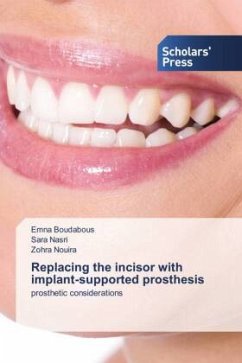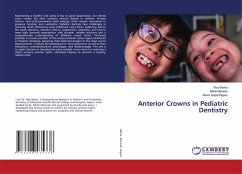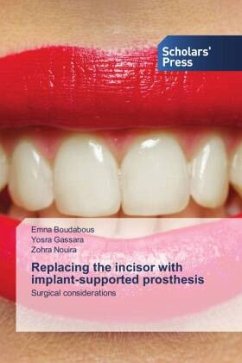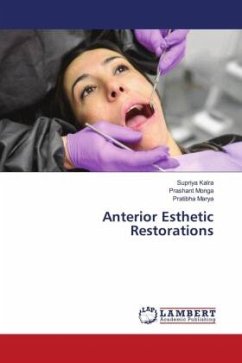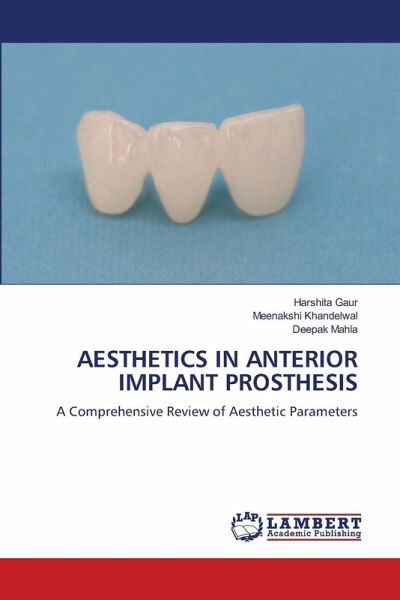
AESTHETICS IN ANTERIOR IMPLANT PROSTHESIS
A Comprehensive Review of Aesthetic Parameters
Versandkostenfrei!
Versandfertig in 6-10 Tagen
40,99 €
inkl. MwSt.

PAYBACK Punkte
20 °P sammeln!
Achieving esthetic success in anterior implant prosthetics requires precise management of biological, surgical, and prosthetic factors. Unlike posterior regions, where function dominates, the anterior zone is highly sensitive to soft tissue contours, papilla presence, and bone support.Biologically, mucosal thickness greater than 2 mm improves stability and reduces the risk of recession, while thin biotypes are more prone to esthetic compromise. Preservation of interdental papillae and atraumatic extraction techniques are essential to avoid black triangles and maintain harmony with adjacent tee...
Achieving esthetic success in anterior implant prosthetics requires precise management of biological, surgical, and prosthetic factors. Unlike posterior regions, where function dominates, the anterior zone is highly sensitive to soft tissue contours, papilla presence, and bone support.Biologically, mucosal thickness greater than 2 mm improves stability and reduces the risk of recession, while thin biotypes are more prone to esthetic compromise. Preservation of interdental papillae and atraumatic extraction techniques are essential to avoid black triangles and maintain harmony with adjacent teeth.Prosthetic design also plays a central role. Proper abutment contour and provisional restorations guide soft tissue shaping, establishing a natural emergence profile. Material choice further influences esthetics, with zirconia and lithium disilicate offering superior translucency compared to metal-based restorations.Surgical accuracy is equally important. Correct implant positioning, adequate buccal bone thickness, and selective use of immediate placement with grafting help preserve tissue architecture.



